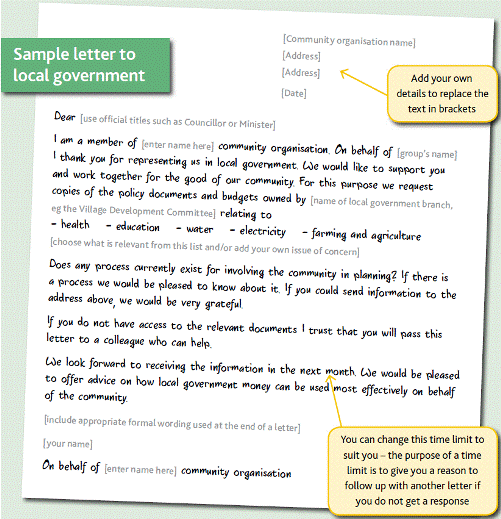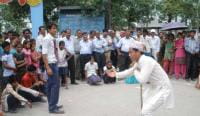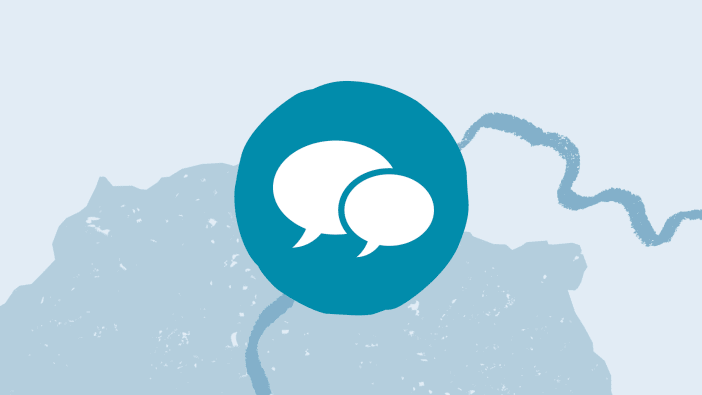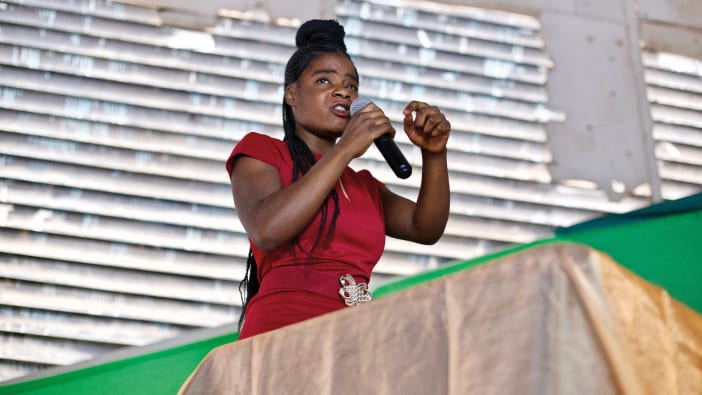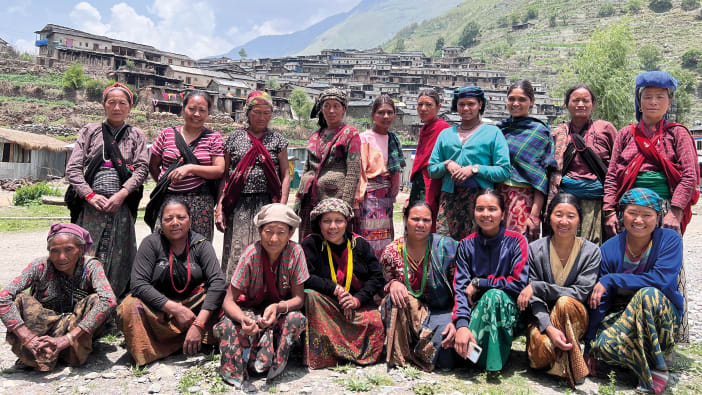How can the ideas of community members affect what a government does? In Nepal, as in many developing countries, there are some excellent policies and legislation that protect poor people and involve communities in political processes. The difficult part is turning the policies and legislation into reality.
Nepal’s Local Self-Governance Act (1998) includes a wonderful opportunity for communities to be part of local development planning and budgeting through the Participatory Planning Process. The Act provides for community and ward-level meetings where people can voice their concerns and propose small-scale development activities that would meet their needs. The communities’ suggestions go to the Village Development Committee (VDC) via ward representatives and the VDC uses the suggestions to develop its budget and plans (in Nepal, a VDC is made up of nine political subdivisions called wards). Larger projects that might cover several VDCs are proposed at district level.
Challenges
But there is a problem. Most villagers have no idea that this process exists. They see the VDC funds as belonging to the government, not to them. Why would the government listen to poor farmers, landless labourers, low-caste communities, women, children and people with disabilities?
Another issue has been the political instability that has held Nepal back since the mid-1990s. VDC elections were last held nearly 20 years ago. VDC officials are now appointed, not elected. The result has been high levels of patronage in many places, with funds awarded by local political elites to their own supporters.
‘The VDC meeting seemed like a gathering of the higher people in the village,’ says Kamal Budha. ‘The decisions they made favoured themselves, and the process only took a couple of days.’
Providing training
Knowing that VDC funds could achieve much more in communities, the United Mission to Nepal (UMN) Advocacy Team began to look for ways in which the process could be put into the hands of ordinary people, where it belonged. They discovered that MSNepal (now ActionAid) had been working on a similar idea, and had developed some training materials for local communities. UMN agreed to trial the training package in Doti district, western Nepal. It went extremely well, with various ‘mini-projects’ that reflected the community’s concerns – water supply, irrigation, road construction and school buildings. This was significant, but more impressive was the community response. People who had never been to a meeting before spoke out publicly and communities began to see that they could hold their leaders accountable. Things were starting to change!
With MSNepal’s permission, UMN revised and developed the training process, and in the following year, ran the programme through local partners in four VDCs in two districts. As a result the VDCs funded over US $20,000 of approved projects. The communities were delighted. The next year, 93 community facilitators from 10 local organisations were trained and took their own communities through the process. VDCs committed to funding community projects worth nearly US $128,000, while US $172,000 worth of proposals were submitted at district level. All this for a cost to UMN of just US $11,000!
‘We always thought that the VDC budget is government money, and we had no right to this to deal with our concerns. But now I have learnt the VDC money is public property,’ says Himali Khatri.
The role of the facilitator
Here’s how it works. At community level, trained local facilitators visit each household, inviting everyone to attend the initial meeting. Because they know their communities intimately, they can particularly encourage poor and low-caste families, people from minority ethnic backgrounds, the elderly and people with disabilities or affected by HIV to take part. A special focus is on including women and children. Sometimes, several visits are necessary to persuade people that they really can influence how things are done in their VDC.
At the meeting, the facilitator explains that the VDC funds for development belong to them, the people, and they are entitled to have a say. The facilitator describes the process for doing this, the way proposals are developed and the current government priority areas. After that, the community:
- identifies issues
- works out which issues are most important to them
- discusses possible solutions.
The facilitator helps them find other local resources and access technical expertise if needed. Ward representatives then take their proposals to the VDC. The programme also includes ways of monitoring how fair the process is at each step.
Jyotika Nepali says, ‘For the first time, women like us have attended the meetings, where we got a chance to learn about the process and speak about our needs.’
Success!People are finding creative ways to improve their communities. Often they request:
- roads and paths
- bridges, culverts and drainage
- water systems for households and irrigation
- buildings for schools.
More unusual requests include musical instruments for a children’s club, a bicycle ambulance for a health clinic and a small tourism project.
It has been exciting to see so many of the communities’ proposals funded by local government, but the impact has not been limited to things you can touch and see. Lasting benefits for the communities are:
- a new way of seeing themselves as significant and able to bring about change
- more involvement in decision-making
- hope and enthusiasm for the future.
‘Our village looks clean and beautiful,’ commented the Chairman of a Ward Improvement Committee. ‘People are very happy to see the changes. We will make sure we participate like this again next year!’
Development comes from within
Communities have been strengthened and united, with different groups working together more. Conflicts and tensions dissolved when people worked together towards common goals.
‘There is good reason to celebrate,’ according to Sarita Lamichhane, a women’s group leader. ‘We are convinced that development comes from within us, when we are united together.’
With a little help from UMN, communities in Nepal are becoming informed, united and more able to express their ideas among themselves and to the government.
Lyn Jackson is the Communications Director at UMN. This article was written with Arun Belbase, Advocacy Team Leader, and Ben Thurley, former Advocacy Team Leader.
How to find out about local government funding
- Speak to other local organisations to find out if they have copies of budgets and official guidelines relating to spending on health, education, water and sanitation, environment, welfare and so on, or if they know of anyone who does.
- Talk to a local government official and request copies of budgets and official guidelines (or laws, if they exist).
- Write a formal letter to your local government department asking for access to the guidelines/laws and budgets. Be sure to keep a record of all correspondence.
- Try searching on the internet. If you still cannot get the information, if it is safe to do so you can approach a local newspaper or radio station and ask them to report about the difficulties faced in accessing policy documents.
Investment and results
Year 1 US $11,000 UMN investment in training and funding mini-projects
Year 2 US $20,000 VDC funds allocated to community projects
Year 3 US $128,000 VDC funds allocated to community projects and proposals worth US $172,000 submitted at district level
